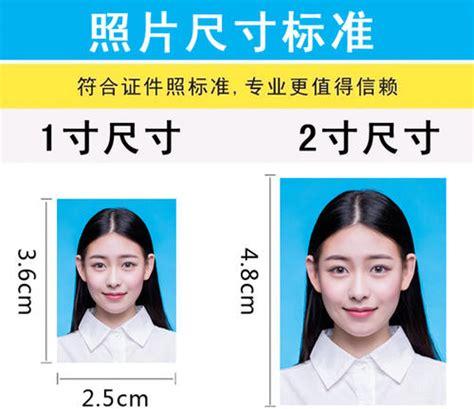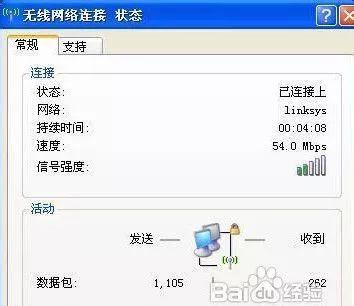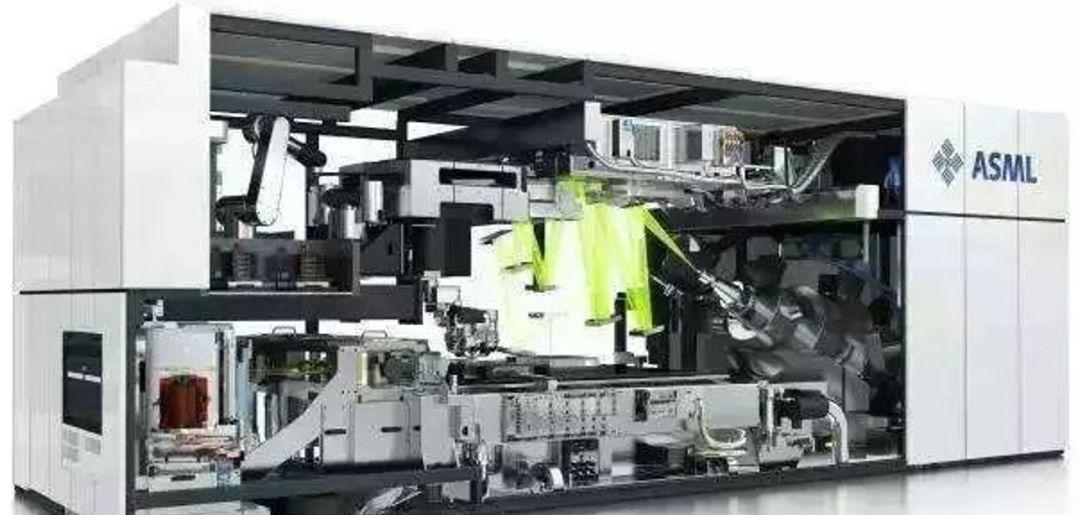 C语言的基本用法
C语言的基本用法
1、程序框架
#include <stdio.h> int main(){ return 0;}
2、输入输出
#include <stdio.h> int main(){ int n = 0; scanf(“%d”, &n); printf(“n:%d”, n); return 0;}
3、数据类型
4、判断和循环
// 判断if ( <判断条件> ) { <循环体语句>;} else if (<判断条件>) { <循环体语句>;} else { <循环体语句>;}// 循环1while (<循环条件>){ <循环体语句> ;}// 循环2do { <循环体语句>;}while(<循环条件>);// 循环3for (int i=0; i<5; i ){ <循环体语句>;}//switch-case 遇到break停止switch (控制表达式) {case 常量1: 语句;case 常量2: 语句; break;case 常量3: 语句;…default: 语句;}
5、数组与函数
// 数组定义int number[100];double number[20];// 数组的初始化int a[] = {1, 2, 3, 4, 5};int a[10] = {0};// 二维数组int a[3][5];// 函数的定义与使用void sum(int begin, int end) //函数头(void:返回类型,sum:函数名,():参数表){ int i; //函数体 int sum = 0; for (i=begin; i<=end; i ){ sum = i; }}// 函数调用函数名(参数);// 函数原型声明函数头 ; 放在前面
6、数组运算
// 数组的大小int a[] = {1, 2, 3, 4, 5};sizeof(a)/sizeof(a[0])// 数组的赋值遍历,不能直接赋值
7、指针和字符串
8、指针和字符串1
const 修饰符,加在变量前,代表变量不可修改int i;const int* p1 = &i;int const* p2 = &i;int *const p3 = &i; // 指针不能被修改// 判断哪个被const的标志是const在*的前面还是后面int a[] = {1, 2, 3};int *p = a;*(p n) <–> a[n]*p 取出p所指的值,然后把p移到下一个位置申请内存 malloc()释放内从 free() // 字符串操作#include <stdio.h>int main(int argc, char const *argv[]){ int ch; while ( (ch = getchar()) != EOF ){ putchar(ch) } printf(“EOF\n”)}
猜你喜欢
【Python·翻译】| 周刊466期
【Python·翻译】| 周刊465期
Python Excel
OJ刷题(LeetCode) day02| 回文数
【Linux】| Manjaro常用命令及软件配置安装











